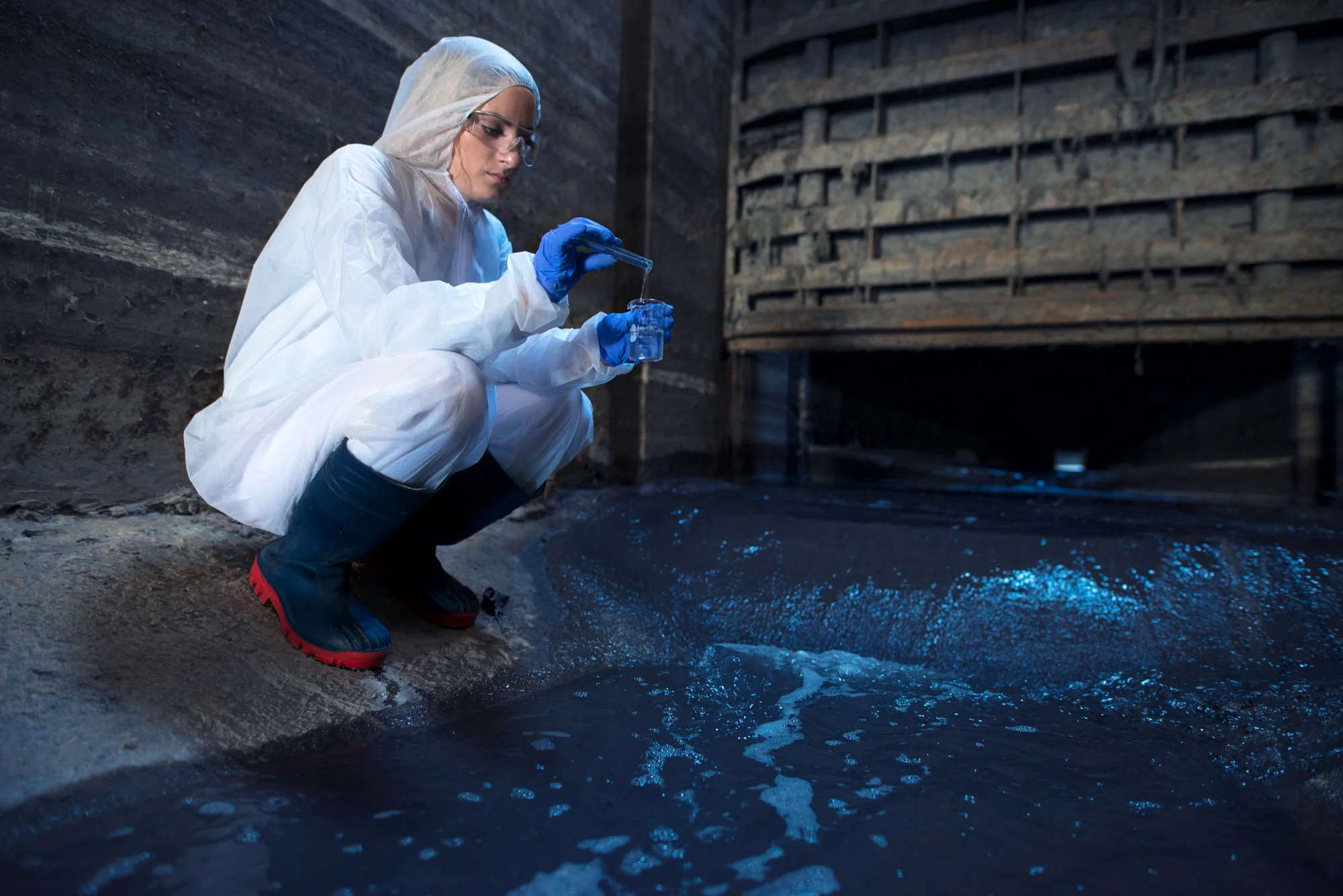Keywords
1. Carbapenem-resistant Acinetobacter baumannii
2. Hospital sewage contamination
3. ST2 Acinetobacter
4. Wastewater antibiotic resistance
5. China hospital infections
Introduction
In a groundbreaking study published on January 13, 2024, in the journal “The Science of the Total Environment,” researchers uncovered disturbing levels of carbapenem-resistant Acinetobacter baumannii (CRAB) in untreated hospital sewage from Zhejiang Province, China. The study, titled “Recovery and genetic characterization of clinically-relevant ST2 carbapenem-resistant Acinetobacter baumannii isolates from untreated hospital sewage in Zhejiang Province, China,” presents evidence that hospital sewage may play a role in disseminating this dangerous pathogen, known for causing severe hospital-acquired infections that are difficult to treat due to their high resistance to antibiotics.
The Grave Threat of CRAB
Carbapenem-resistant Acinetobacter baumannii are notorious bacteria that can cause life-threatening infections, particularly in patients with compromised immune systems. CRAB can withstand a majority of antibiotics, including carbapenems, which are often considered a last line of defense in the medical community. The global spread of CRAB has been declared a public health emergency, highlighting the necessity for continuous surveillance, strategic infection control policies, and innovative treatment approaches.
Research Findings
Led by Gu Danxia and team from various reputable institutions, the study involved five hospitals in Zhejiang Province where untreated sewage samples were collected and analyzed. Within these samples, 70 Acinetobacter spp. isolates were subjected to antimicrobial susceptibility testing, whole-genome sequencing, and subsequent bioinformatics and phylogenetic analysis. These tests aimed to determine the extent of multidrug resistance (MDR) and to characterize the genetic similarities between sewage and clinical isolates.
Among the isolates, Acinetobacter baumannii was the most prevalent species, followed by Acinetobacter nosocomialis and Acinetobacter gerneri. Alarmingly, 57.14% of the isolates were categorized as MDR, and 25.71% exhibited resistance to carbapenems. The majority of the CRAB isolates belonged to the ST2 clone, a sequence type associated with global outbreaks and enhanced virulence and resistance.
Mechanisms of Resistance
The CRAB isolates studied were found to harbor the resistance gene Tn2006, which is partially responsible for the bacteria’s defense against carbapenems. This gene is a transposable element that allows bacteria to acquire and disseminate resistance genes rapidly, making the control of CRAB exceptionally challenging.
Implications for Public Health
The detection of CRAB in untreated hospital sewage indicates that hospital waste management systems could be a reservoir for the pathogen and a potential source of environmental contamination. Moreover, the genetic similarity between sewage and clinical isolates suggests a possible link between hospital sewage systems and the transmission of CRAB within healthcare settings. This finding underscores the need for stringent waste disposal protocols and improved sewage treatment procedures to mitigate the risk of antibiotic resistance gene dissemination.
Expert Opinions
According to the study’s authors, including Zhang Rong and Zhang Jun, this discovery necessitates urgent action from healthcare administrators, policymakers, and environmental agencies. They emphasize the significance of enhancing infection control measures, promoting rational antibiotic usage, and advancing sewage treatment technologies. Edward Wai Chi Chan, a co-author of the study, also underlines the importance of interdisciplinary collaboration to tackle the complex issue of antibiotic resistance in Acinetobacter species.
Conclusion
The study paints a concerning picture of how CRAB can proliferate outside hospital walls, threatening both patient safety and environmental health. The researchers urge for wider recognition of wastewater as a potential hotspot for antimicrobial resistance and call for global efforts to reduce the environmental spread of these formidable pathogens.
References
1. Gu, D., Wu, Y., Chen, K., Zhang, Y., Ju, X., Yan, Z., Xie, M., Chan, E. W. C., Chen, S., Ruan, Z., Zhang, R., & Zhang, J. (2024). Recovery and genetic characterization of clinically-relevant ST2 carbapenem-resistant Acinetobacter baumannii isolates from untreated hospital sewage in Zhejiang Province, China. The Science of the Total Environment, 170058. https://doi.org/10.1016/j.scitotenv.2024.170058
2. Peleg, A. Y., Seifert, H., & Paterson, D. L. (2008). Acinetobacter baumannii: Emergence of a Successful Pathogen. Clinical Microbiology Reviews, 21(3), 538–582. https://doi.org/10.1128/CMR.00058-07
3. Poirel, L., Nordmann, P., & Lagrutta, E. (2010). Emergence of Carbapenem-Resistant Acinetobacter baumannii in Hospitals Worldwide. Drugs, 70(7), 813-826. https://doi.org/10.2165/11534440-000000000-00000
4. Queenan, A. M., & Bush, K. (2007). Carbapenemases: the Versatile β-Lactamases. Clinical Microbiology Reviews, 20(3), 440–458. https://doi.org/10.1128/CMR.00001-07
5. Visca, P., Seifert, H., & Towner, K. J. (2011). Acinetobacter infection—an emerging threat to human health. IUBMB Life, 63(12), 1048-1054. https://doi.org/10.1002/iub.534
